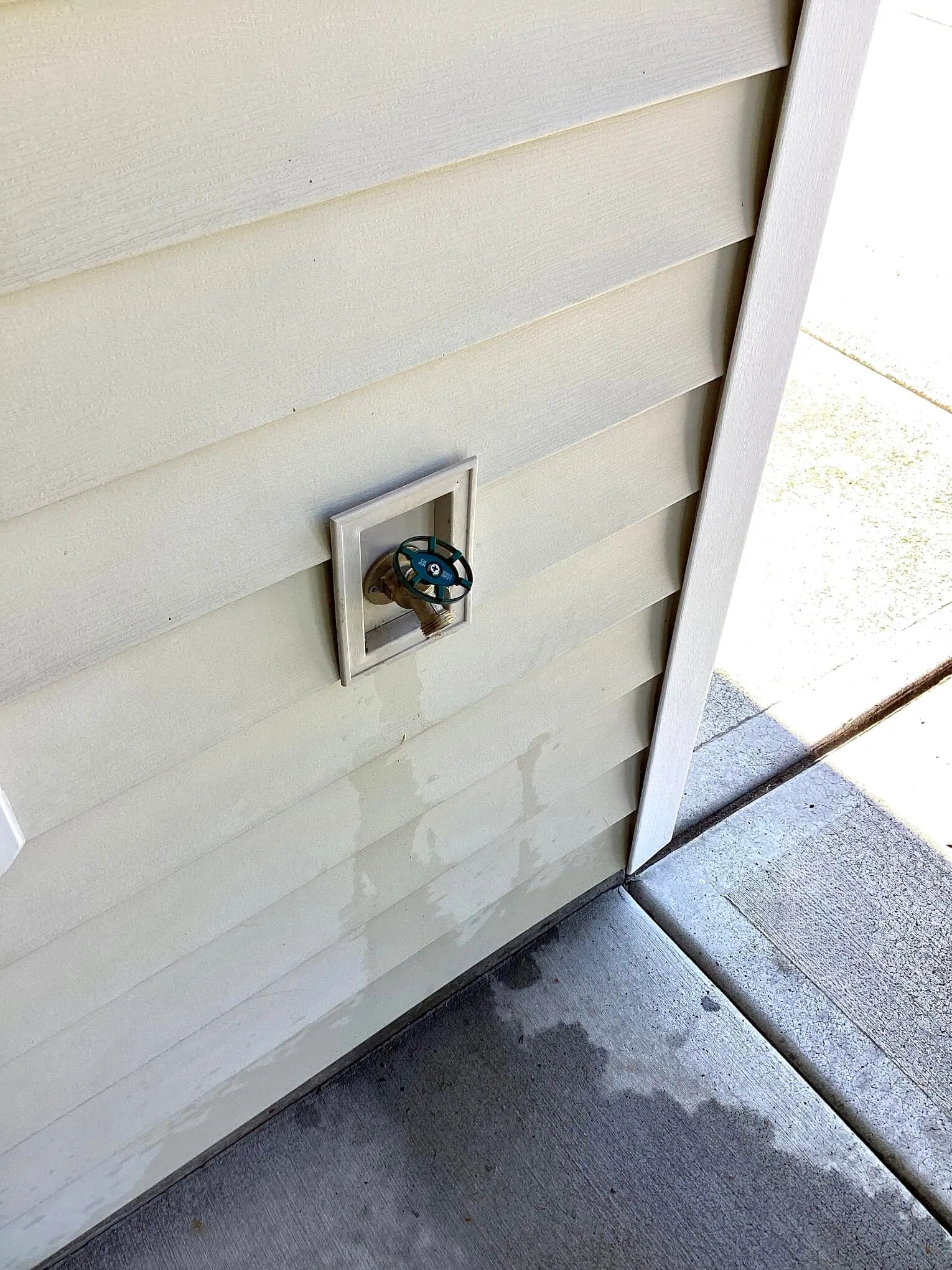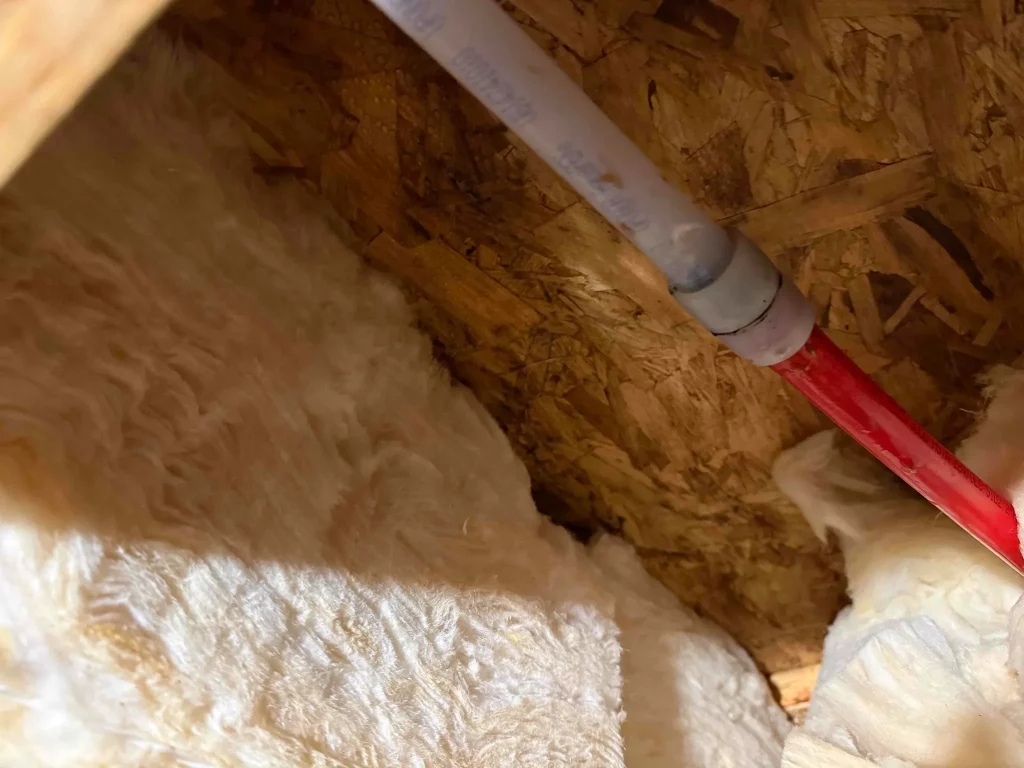
The most effective way to find a hidden water leak is to perform a simple water meter test. Start by turning off all water-using appliances in your home, then check your water meter and record the reading. Wait for one to two hours without using any water, and then check the meter again. If the reading has changed, you likely have a leak somewhere in your system. This initial check, combined with being vigilant for physical signs like wall stains, musty odors, or peeling paint, is the foundation of early leak detection.
Hidden water leaks can silently cause extensive structural damage, promote mold growth, and lead to surprisingly high water bills. This guide offers practical, experience-based steps to identify these problems early. The information is based on years of hands-on fieldwork in diagnosing and plumbing solutions for homeowners.
Before a small drip becomes a major problem, a few routine checks can alert you to a hidden issue. These simple steps require no special tools and can save you from costly repairs down the road.
As mentioned, the water meter is your best tool for confirming a leak. Here’s a more detailed breakdown of the process:
Your senses are powerful leak detectors. Walk through your home and look for:
Leaks don’t happen randomly; they often occur in predictable locations where plumbing fixtures and connections are concentrated. Focusing your inspections on these areas can speed up detection.
Bathrooms are the most common source of hidden leaks.
These areas contain multiple appliances connected to your water supply.
A report from the Insurance Information Institute highlights that water damage is one of the most frequent types of homeowners’ insurance claims, making proactive checks in these hotspots a sound investment.

Your monthly water bill provides valuable data. A sudden and unexplained increase is often the first and only signal of a hidden leak. Don’t dismiss a high bill as a mistake or a result of seasonal changes without first investigating. According to the U.S. Environmental Protection Agency (EPA), the average American family can waste 180 gallons per week, or 9,400 gallons of water annually, from household leaks.
| Metric | Normal Usage | Indication of a Potential Leak |
|---|---|---|
| Monthly Bill | Consistent month-to-month with predictable seasonal variations | A sudden, unexplained increase of 20% or more |
| Gallons Used | Follows your household’s typical patterns | Significantly higher than previous months or the same period last year |
| Meter Reading | Correlates with usage patterns shown on the bill | Meter shows continuous flow even when all water is off |
Once you suspect a leak, the next step is deciding whether to investigate further yourself or call for professional help.
Finding a hidden water leak starts with knowing what to look for. By regularly checking your water meter, keeping an eye on your monthly bill, and performing routine visual inspections in leak-prone areas, you can catch most problems before they escalate. Being proactive is always less stressful and less expensive than dealing with the aftermath of major water damage.
If your checks point to a hidden leak that you can’t locate, professional assistance is the next logical step. Technicians use acoustic listening devices, thermal imaging cameras, and other non-invasive tools to pinpoint the exact source without needless destruction. For a thorough diagnosis, contact Simpson Plumbing at (360) 954-2041 to have an experienced professional assess the situation.
It’s a good practice to perform a visual inspection of key areas monthly and conduct a water meter test at least twice a year.
A persistent musty or earthy odor, especially in a dry area, almost always indicates the presence of moisture and mold, which is often caused by a slow, hidden water leak.
Yes. Older homes with original plumbing (especially galvanized steel or polybutylene pipes) are at higher risk. However, even new homes can have leaks from faulty installation or defective parts.
Tree roots are a common cause of leaks in the main water or sewer line running underground from the street to the house. If you have large trees in your yard, be aware of this possibility.
Any leak that you cannot contain, that is causing active property damage, or that involves a major fixture like a water heater, should be considered an emergency. If you see water actively pooling or running, it’s time to call for immediate help.
Absolutely. A leak dripping just once per second wastes over 3,000 gallons per year, as noted by the U.S. Environmental Protection Agency (EPA). Over time, that constant moisture can rot wood, damage foundations, and create a perfect environment for destructive mold.